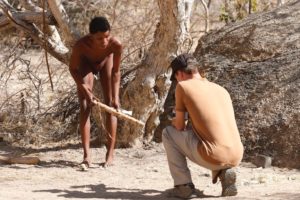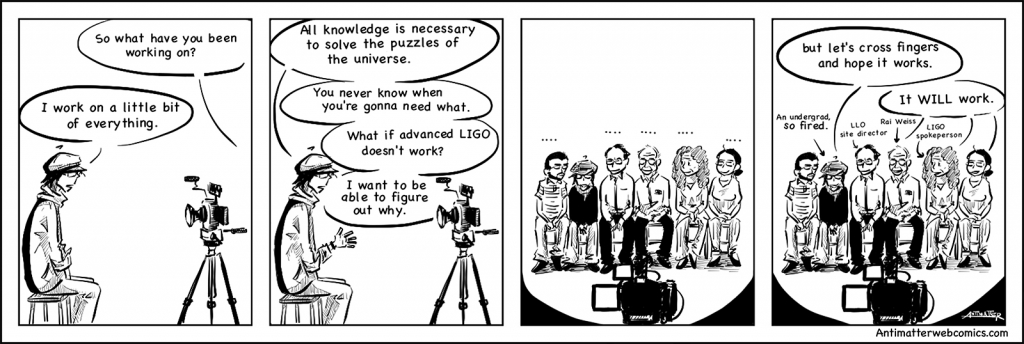When a hero dies
 If you were not born in the ’70s, if you do not feel books and movies as deeply as you do real life, if you were not instilled with a sense of magic and hope by the original Star Wars trilogy, then you will not understand when I say, When a hero dies, a part of each of those who believed dies too.
If you were not born in the ’70s, if you do not feel books and movies as deeply as you do real life, if you were not instilled with a sense of magic and hope by the original Star Wars trilogy, then you will not understand when I say, When a hero dies, a part of each of those who believed dies too.
A good story takes an inherent risk in its telling. A story might engage or totally alienate the reader; a work in film might be praised or pass relatively unnoticed, long forgotten in the cold-storage archives. A good story does not need to be modified to grow the audience, rather, the story itself is compelling.
 If a film is engaging, we should be moved to ask How are we affected? What do we take away? How do we see ourselves in the story unfolding, and how is our own view of the world changed? Perhaps the story received is a simple comedy, designed to give us a moment of joy, or one that haunts us for hours, weeks, even years. The depth of connection to the characters can bring us back again and again to the same story and to its sequels. A new universe is given form, and in that time and space, the story becomes our own.
If a film is engaging, we should be moved to ask How are we affected? What do we take away? How do we see ourselves in the story unfolding, and how is our own view of the world changed? Perhaps the story received is a simple comedy, designed to give us a moment of joy, or one that haunts us for hours, weeks, even years. The depth of connection to the characters can bring us back again and again to the same story and to its sequels. A new universe is given form, and in that time and space, the story becomes our own.
But when a story is driven by a market opportunity, when the dollars grossed on the opening days are the primary motivation and the chief reward, the potential to feel anything for the action on-screen is lost. Written without connection to the characters developed in the original films, without shame for infiltrating the central theme with marketing to a me-too generation, Stars Wars: The Last Jedi abandons those of us who waited forty years to once again feel the pain of loss beneath dual setting suns, the fear of a man who will kill his own son to maintain power, and the joy of victory against impossible odds.
Instead, we feel only remorse for Disney’s agenda to build a franchise, profit before story in film.



